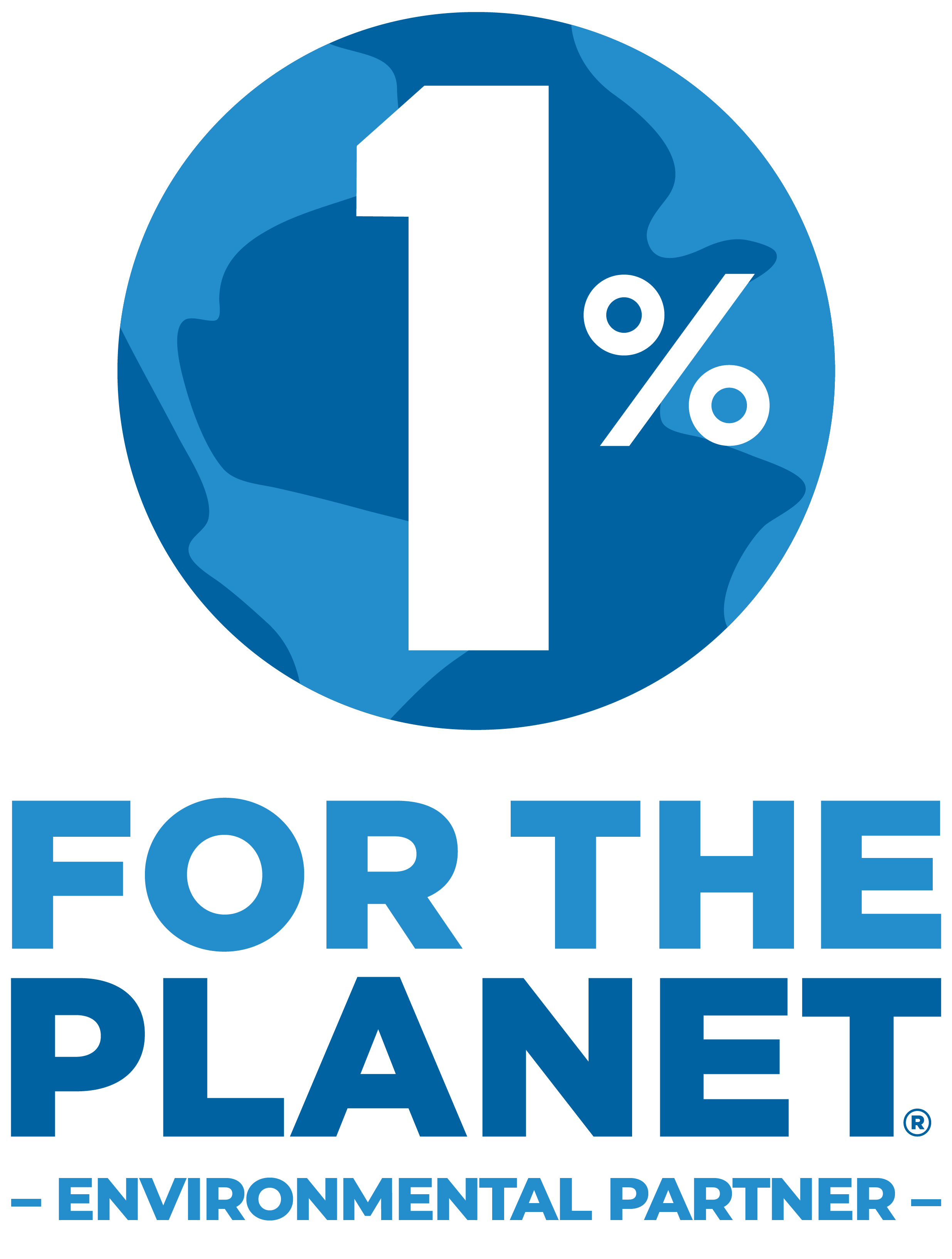Active banners: 0 Visible banners: 0
CFR Education: The Paris Agreement
Provided by: Council on Foreign Relations |Published on: September 12, 2023
Lesson Plans
9101112AP
Synopsis
- In this section, students will learn about the 2015 Paris Climate Agreement, how this is different from previous climate agreements, and what progress countries have made towards their goals.
- This is the ninth section of the World 101 Climate Change module and includes interactive graphs, colorful images, a linked lesson plan for the policy-related sections of the module, and a discussion guide for higher education classes.

Subjects: Science, Civics, History
Authors: CFR Education
Region: Asia, Europe, North America, United States, Global
Languages: English
Teaching Materials
Positives
- This lesson has many terms that may be new for students but it does an excellent job of providing the definitions, either in context or by clicking the terms.
- Students get to see the timeline of the Paris Agreement.
Additional Prerequisites
- At the top of the article, there are links for the lesson plan and a discussion guide for higher education. Question 6 in the discussion guide pertains to this article in particular, however the rest of the resources are for classrooms using other sections as well.
- Students should understand what climate change is, that human-produced carbon emissions are contributing to climate change, and that these emissions are primarily due to the use of fossil fuels.
Differentiation
- Students in civics classes can look at their own country's nationally determined contributions and discuss how effective they seem to be and/or what they are lacking. These students can also discuss the ways in which a government can ensure that these measures take place, including what kinds of regulations and/or new laws would need to be enacted.
- Students can propose nationally determined contributions for their own country, looking at the many climate solutions available from this table.
- Students in math classes can download the data, interpret the graphs provided, and answer questions about them.
Scientist Notes
Teaching Tips
Standards
Resource Type and Format
About the Partner Provider

CFR Education from the Council on Foreign Relations
CFR Education provides accurate, accessible, authoritative resources that build the knowledge, skills, and perspective high school and higher education students need to understand and engage with today’s most pressing global issues.
All resources can be used for your educational purposes with proper attribution to the content provider.



